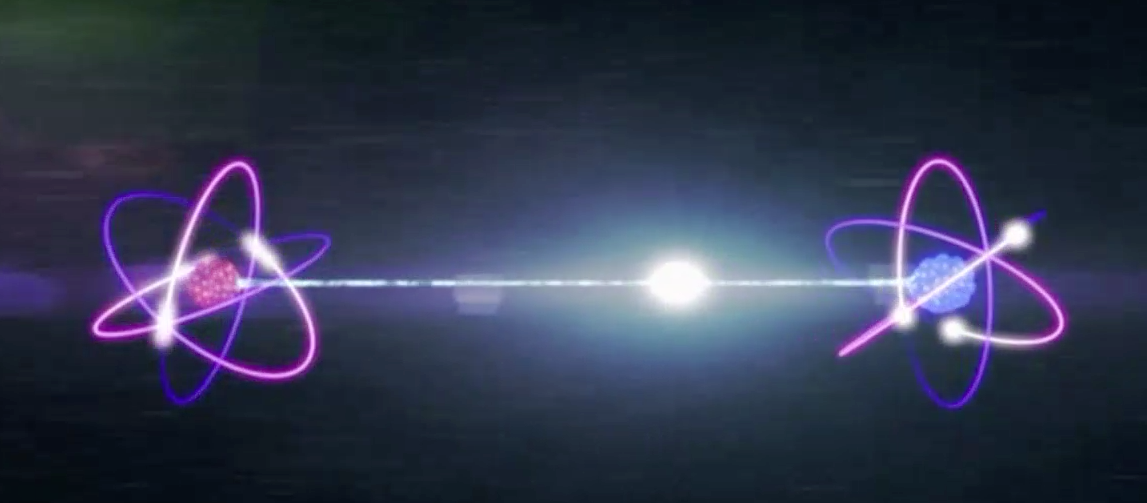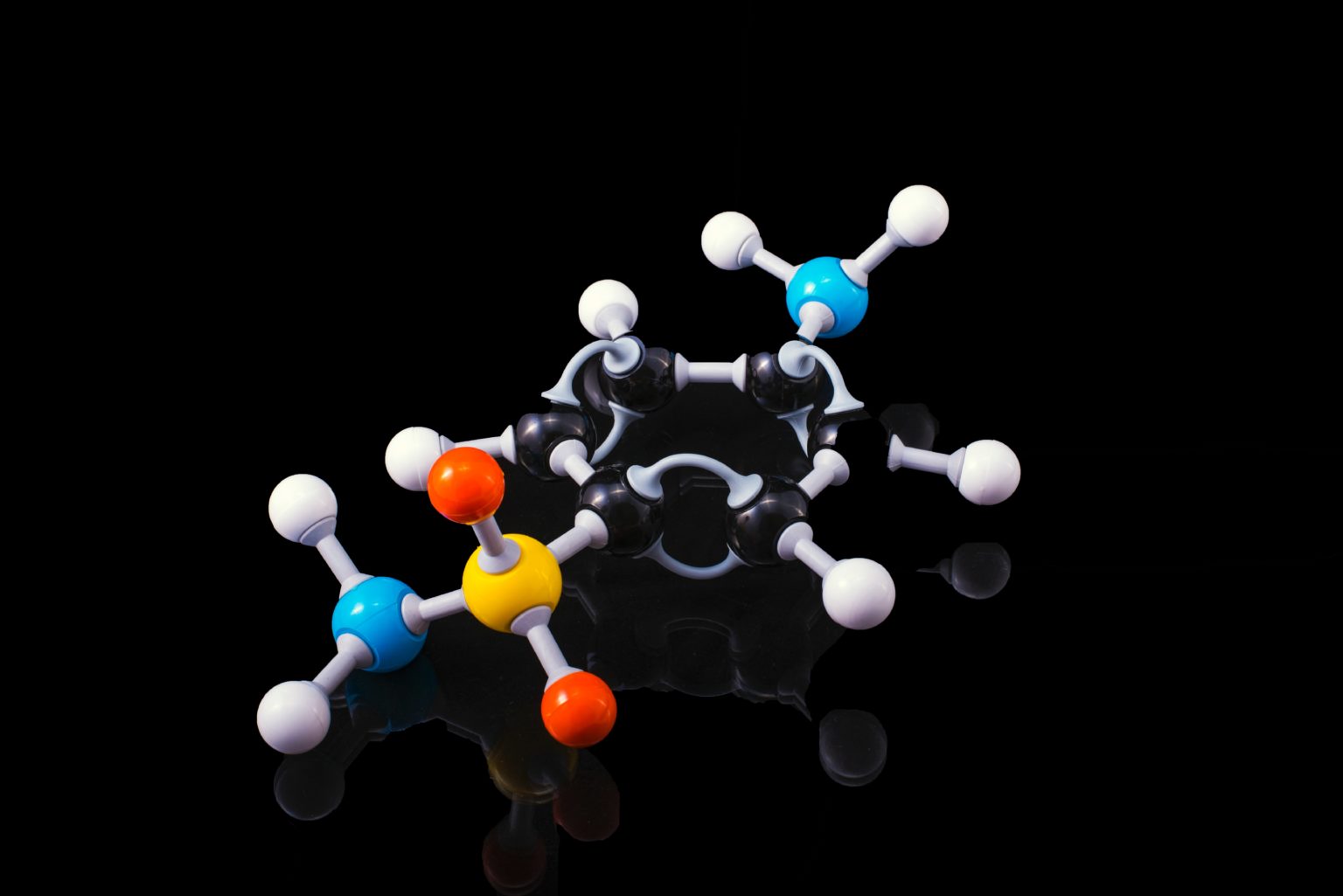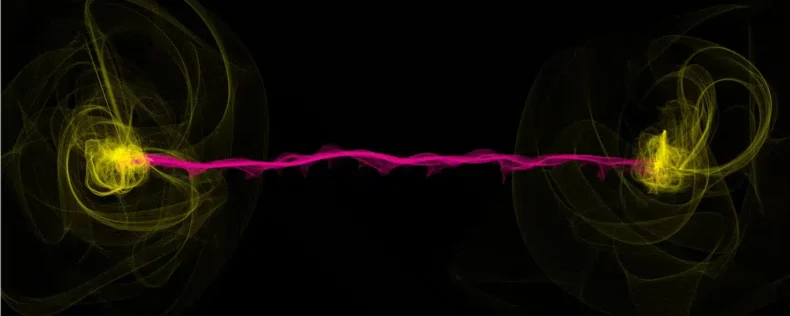Nobel Prize Winners in the field of physics include Alain Aspect, John F. Clauser, and Anton Zeilinger for their contributions to our understanding of quantum mechanics and the behaviour of subatomic particles, which paved the way for future developments in fields such as supercomputing and secure communication.

Quantum Mechanics And Click Chemistry
The study of how and why different bodies move and interact is the focus of mechanics, a subfield of physics. There are two branches of mechanics: classical and quantum.
The mathematical study of the motion of macroscopic objects and the forces that impact them is known as classical or Newtonian mechanics.
Particles, including atoms, electrons, photons, and pretty much everything else in the molecular and submolecular world, are the focus of quantum mechanics, a branch of physics.
In the simplified field of chemistry known as “Click Chemistry,” chemical building units easily and swiftly click together. It’s an approach to chemistry that’s rapid to react and has few byproducts, making it ideal for industrial applications.
Barry Sharpless, who created the term “Click Chemistry” in the early 2000s, discovered that it is simpler to link smaller molecules with entire carbon frameworks than to force carbon atoms, the building blocks of organic matter, to bind with one other. One way to speed up the process while reducing waste is to favour simple interactions between molecules with a “stronger inherent urge” to join together.
Quantum Entanglement

When two subatomic particles are permitted to coexist in a quantum state where their characteristics are complimentary, and one particle’s attributes may be measured to reveal the other particle’s properties, this is known as quantum entanglement.
For any distance the two particles are moved apart, this holds true.
Erwin Schrödinger’s 1935 explanation of quantum entanglement and the famous “cat dilemma” it spawned are both his contributions to the field.
It’s the phenomena that occurs in physics when two or more particles are created in a way that makes it impossible to characterise the quantum state of any individual particle in the pair or group separately from the state of the others.
Due to the nature of quantum mechanics, it is necessary to explain the quantum states of several objects in relation to one another, even if they are distant in space.
As a result, we see connections between the systems’ measurable physical characteristics.
Einstein thought this was a “spooky activity,” which was his way of saying it was a bad idea.
Bell Inequality
A mathematical inequality called the Bell Inequality was created by John Stewart Bell in the 1960s. It asserts that if there are hidden variables, the correlation between the outcomes of several measurements would never be greater than a certain threshold.
A violation of Bell’s inequality, leading to a larger correlation than would normally be achievable, is predicted by quantum mechanics for a certain class of experiments.
Significance
The groundwork for a new age of technology based on quantum information has been created with the creation of experimental instruments.
It will aid in the development of quantum computers, the refinement of measurement techniques, the construction of quantum networks, the establishment of secure quantum encrypted communication (quantum cryptography), and the maintenance of exact timekeeping, as is the case with atomic clocks.
Bioorthogonal Reactions (Bertozzi):
These processes may be carried out inside of live creatures without interfering with the cell’s natural chemistry. Molecular bioimaging, targeted delivery, in-situ drug activation, the investigation of cell-nanomaterial interactions, biosensing, etc. all stand to benefit from its integration with nanotechnology. Researchers have enhanced the targeting of cancer drugs by using bioorthogonal processes.

The development of Bertozzi’s cancer-fighting click chemistry and how he achieved it.
Spotting Glycans: Carolyn R. Bertozzi, who was studying glycans, a cryptic carbohydrate present on cell surfaces and pivotal to the immune system, hoped to improve the visibility of glycans by attaching fluorescent molecules to them.
Bertozzi decided to utilise azide, the same chemical employed by Sharpless and Meldal. The azide is not only nontoxic but also does not react with any other components of the cell.
In 2004, she found a way to do the same click chemistry reaction without using the harmful metal copper.
The work of Bertozzi is being utilised to detect glycans on the surface of tumour cells and so disable their defensive systems.
People with advanced cancer are the focus of current clinical trials of this approach.
Clickable antibodies are also being developed to aid in tumour tracking and the targeted delivery of radiation to cancer cells.













